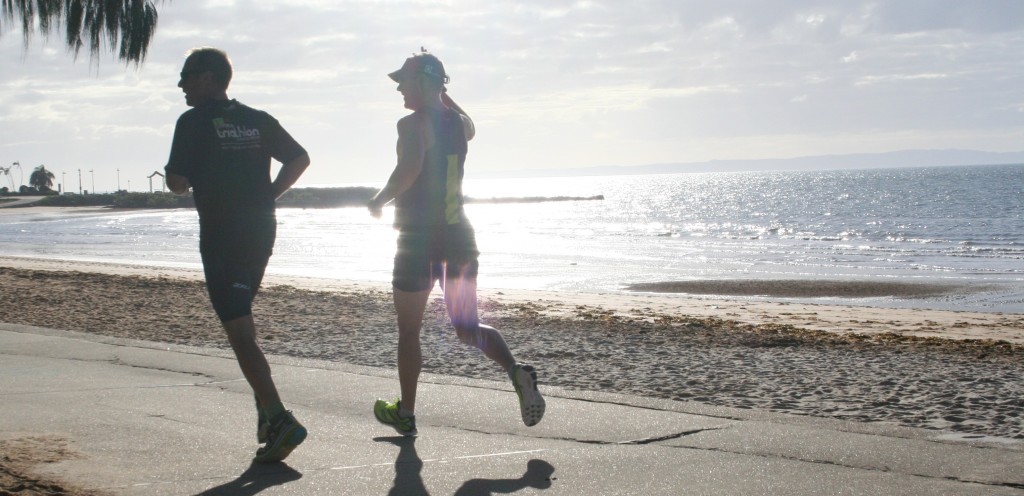
As an endurance coach one of my key messages is to slow down training to speed up on race day. Many don’t appreciate just how much aerobic volume is needed and emulate elite training pace rather than elite training heart rate.
Many athletes who join my program are surprised how slow I ask them to train for much of their training hours. The reason is that without a critical volume of aerobic training your heart rate over pace will not have enough head room to sustain race pace effort for the duration of a race.
For IRONMAN I recommend 75% to 80% of training should be below aerobic threshold in Zone 1, or below MAF pace with the remaining spread between zones 2, 4 and 5 depending on training phase. For Marathon the intensity distribution is 80 to 84% zone 1 (MAF pace) and 12% zone 2 (Marathon race pace).
For many experienced athletes who have been training at high intensity for years, dropping to MAF pace or Zone 1 heart rate will mean a lot of walking for the first few weeks while the aerobic system develops. This is tough for some but necessary of they wish to break through their inevitable current plateau. I say “Shelve the ego, suck it up buttercup and follow the proven process”.
Without this aerobic training the mitochondria needed to support the efficiency needed to enable sustainable zone 2 pace will not develop.
Below are two key studies showing evidence of success in aerobic training. It is also important to note that including this percentage of zone 1 with allow for increased volume of training due to the lower training stress per hour.
Training Intensity Distribution During an Ironman Season Relationship With Competition Performance
Distribution of Training Volume and Intensity of Elite Male and Female Track and Marathon Runners
For new athletes joining my program a key indicator is the difference in their 5km and half marathon performance. Using the vDot predictions I take the athletes best 5km or 10km time and compare their predicted 21km to their actual. If there is a significant difference between the two this suggests an under developed aerobic system. This is then validated with a decoupling test for run and bike for triathletes.
The runners study also shows the aerobic volume is also key for shorter endurance distances.
